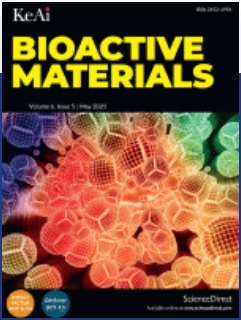Tissue engineering (TE) is a rapidly growing interdisciplinary field, which aims to restore or improve lost tissue function. Despite that TE was introduced more than 20 years ago, innovative and more sophisticated trends and technologies point to new challenges and development. Current challenges involve the demand for multifunctional bioscaffolds which can stimulate tissue regrowth by biochemical curves, biomimetic patterns, active agents and proper cell types. For those purposes especially promising are carefully chosen primary cells or stem cells due to its high proliferative and differentiation potential. This review summarized a variety of recently reported advanced bioscaffolds which present new functions by combining polymers, nanomaterials, bioactive agents and cells depending on its desired application. In particular necessity of study biomaterial-cell interactions with in vitro cell culture models, and studies using animals with in vivo systems were discuss to permit the analysis of full material biocompatibility. Although these bioscaffolds have shown a significant therapeutic effect in nervous, cardiovascular and muscle, tissue engineering, there are still many remaining unsolved challenges for scaffolds improvement.
